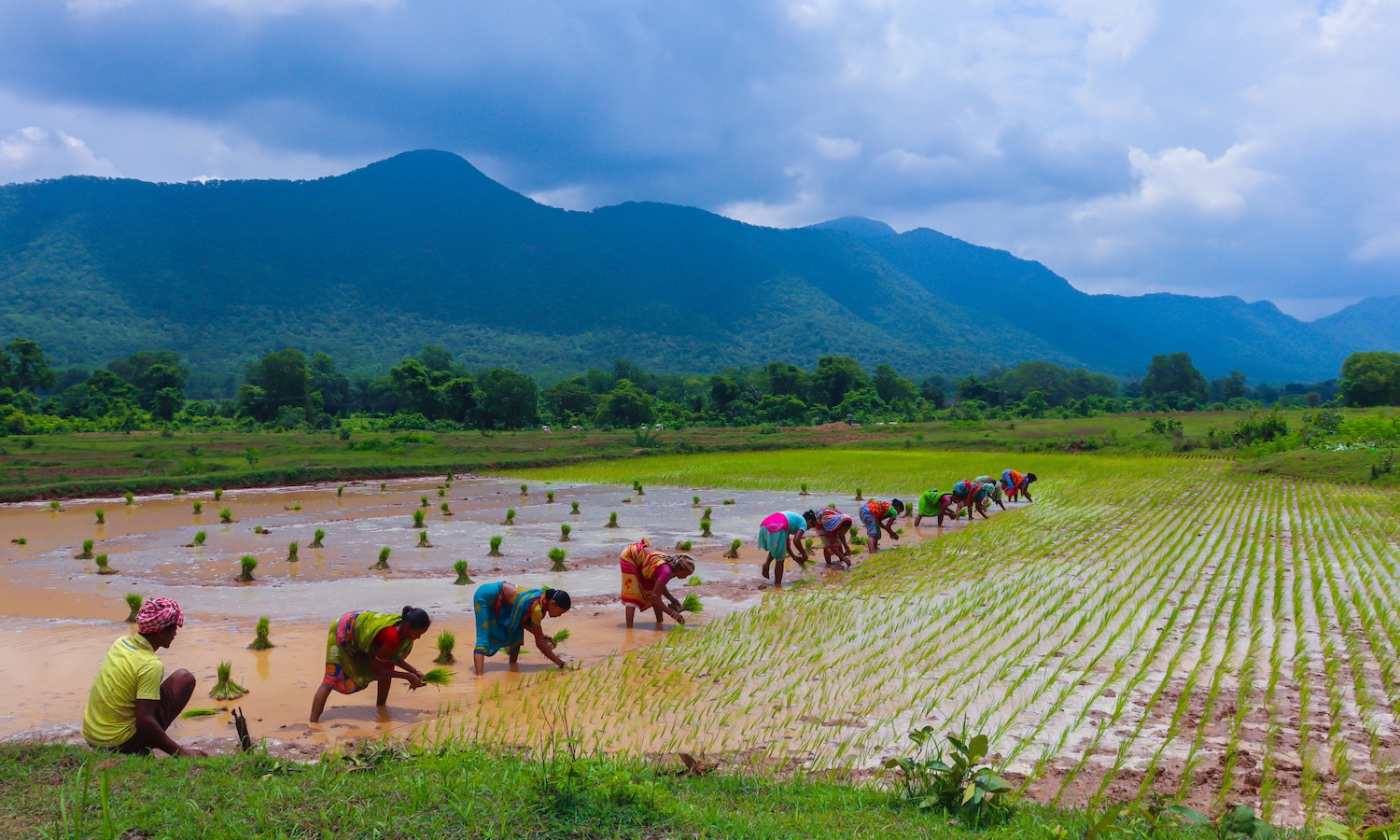A version of this piece was featured in Food Tank’s newsletter, released weekly on Thursdays. To make sure it lands straight in your inbox and to be among the first to receive it, subscribe now by clicking here.
As Food Tank President, I get to meet really cool people. Folks like Dr. Ankita Raturi. She’s an assistant professor in the Department of Agricultural & Biological Engineering at Purdue University. Several years ago, she was working to help growers adopt and improve cover-crop practices.
Rather than simply imposing a solution, she collaborated directly with farmers and cover-crop councils and held interactive sessions with these groups to design interventions. It was a long process, but ultimately, a more effective and inclusive process.
“Each of the different activities we do are really oriented around making sure that everybody is able to speak up and talk about what they’re working on—and is able to actually then influence what we ultimately design,” Dr. Raturi tells Food Tank.
This style of research is called participatory action research, or PAR. It’s an open-ended model that centers the expertise of those experiencing a particular social issue. Researchers collaborate with these stakeholders and build authentic relationships as part of their methodology.
Participatory research is important, it’s more effective at addressing inequality in food—and it’s not utilized nearly enough. I’ve said it before: Farmers are knowledge producers too, and those who fail to recognize that are only making things worse.
But you don’t have to take my word for it. According to an analysis in the journal Nature, participatory research “prioritizes the value of experiential knowledge for tackling problems caused by unequal and harmful social systems, and for envisioning and implementing alternatives.” Another paper, in Oxford Academic, finds that these PAR approaches “yield excellent outcomes to democratize knowledge production.”
That’s a lot of jargon to essentially say this: If we want to truly fix our broken food system, collaborative knowledge is the way forward.
If we care about building resilient equity and justice, community-centered research is the way forward.
On-the-ground research all over the world bears this out. A recent analysis looked at 20 years’ worth of farmer engagement programs in northern and central Malawi aimed at diversifying crops and improving soils.
By working closely with communities, researchers were able to identify solutions that (1) achieved these goals; (2) were sustainable for communities themselves, and (3) ruled out strategies that created too great a burden on farmers. These sorts of research methods can even help the world achieve the U.N. Sustainable Development Goals, says Sieglinde Snapp, a co-author of the study.
“When farmers and researchers co-learn, they can optimize multipurpose nutritional enriched options, enhance climate resilience, and mitigate greenhouse gas emissions,” Snapp tells Food Tank.
Another major example of the power of collaborative, participatory research can be found in the McKnight Foundation’s Global Collaboration for Resilient Food Systems (CRFS). The program considers farmers as equal partners in research as opposed to ‘passive beneficiaries’ of research results, and their results are pretty powerful.
Take the CRFS’s work on millets and sorghum. The organization worked with a number of producer groups, including the 17,000-member Fédération des Unions de Producteurs de Maradi and the 5,000-member Association Minim Sông Pânga (AMSP) in Burkina Faso.
Roger Kaboré, the director of AMSP, said that previous researchers had largely prioritized crop yield bercause that was a priority for men who were considered decision-makers. Behind the scenes, women were more attuned to crops’ quality and nutrition, he said—and once their input was taken into account, dozens of new sorghum varieties began to be developed in Burkina Faso and ultimately improved farmers’ livelihoods.
So if more collaborative research methods can help mitigate climate change, build sustainability, address gender discrimination and imbalances, and improve nutrition, why aren’t they more widespread?
Well-done participatory research can certainly be more time-consuming and difficult. It takes more energy—and humility—to authentically come to the table, have conversations, and learn from those around you. In today’s economic system, this also means it can be more expensive and have a slower return-on-investment (though, as we can see, a more high-quality one in the long run!).
But that is also why it’s worth doing.
The problems facing our global food and agriculture systems are complex and intertwined and many-layered—which means simple solutions, silver-bullet solutions, don’t exist. Top-down, one-size-fits-all solutions don’t work.
We need grounded, practical solutions rooted in local communities, rooted in justice, and rooted in the health of both people and the planet. We need to learn by listening.
How could these collaborative, participatory research styles improve food system solutions in your community? Email me at danielle@foodtank.com and share your perspective—I look forward to hearing your stories!
Articles like the one you just read are made possible through the generosity of Food Tank members. Can we please count on you to be part of our growing movement? Become a member today by clicking here.
Photo courtesy of Jagamohan Senapati, Unsplash











